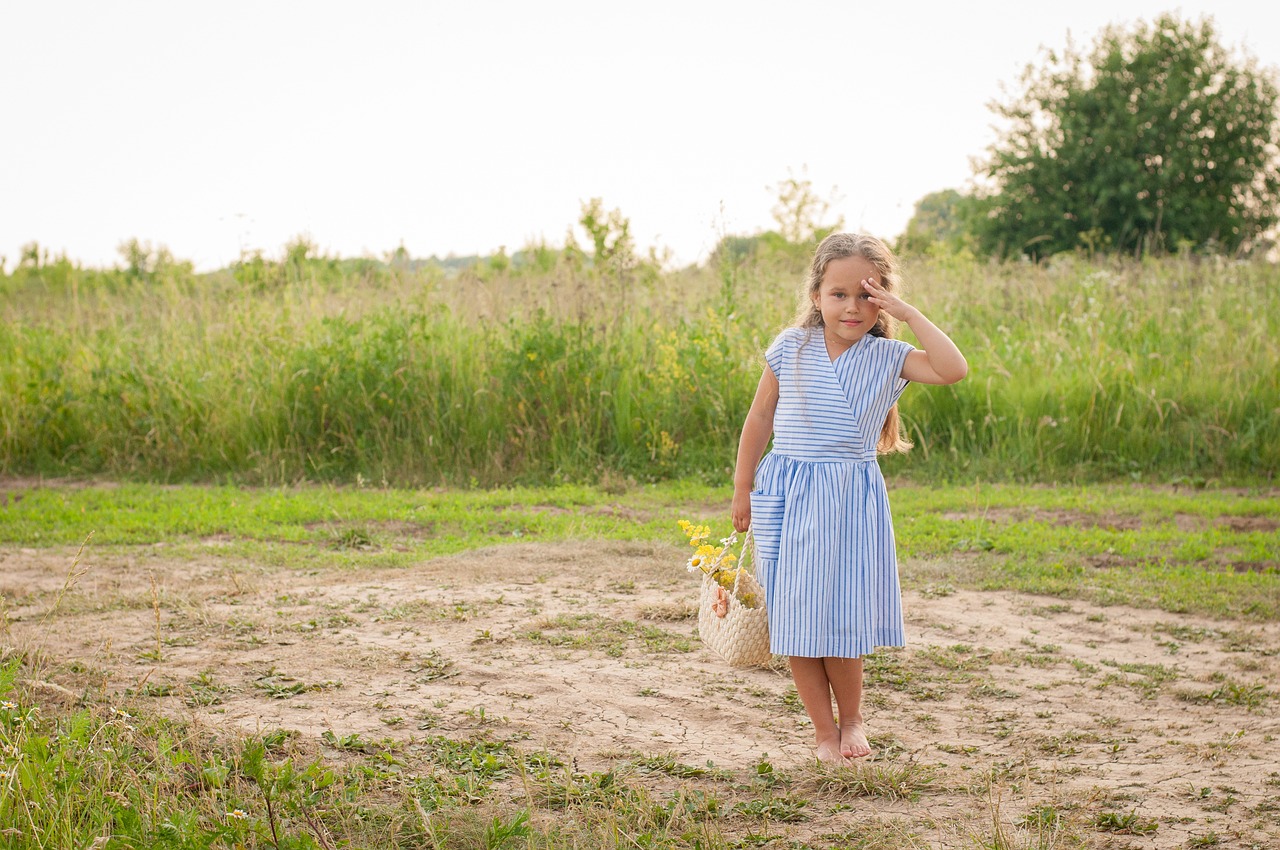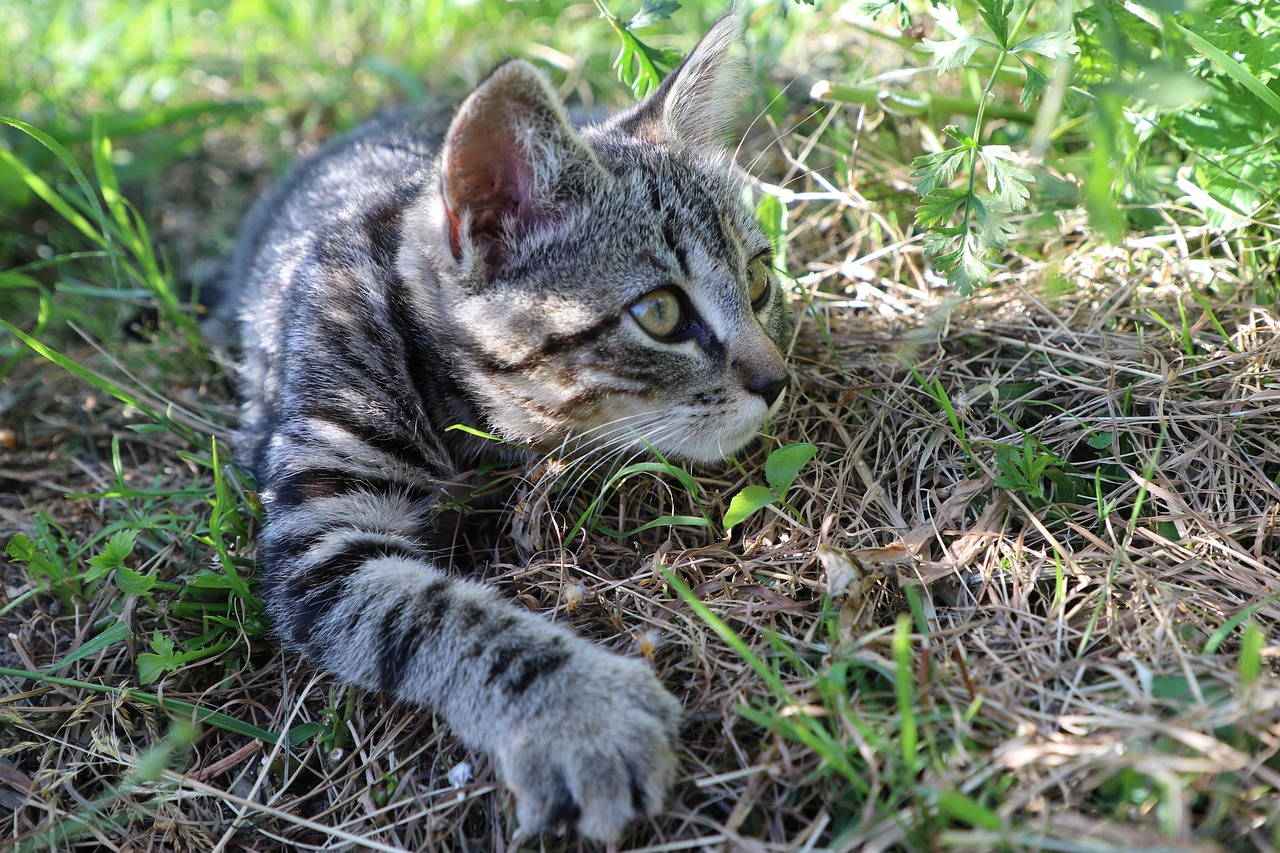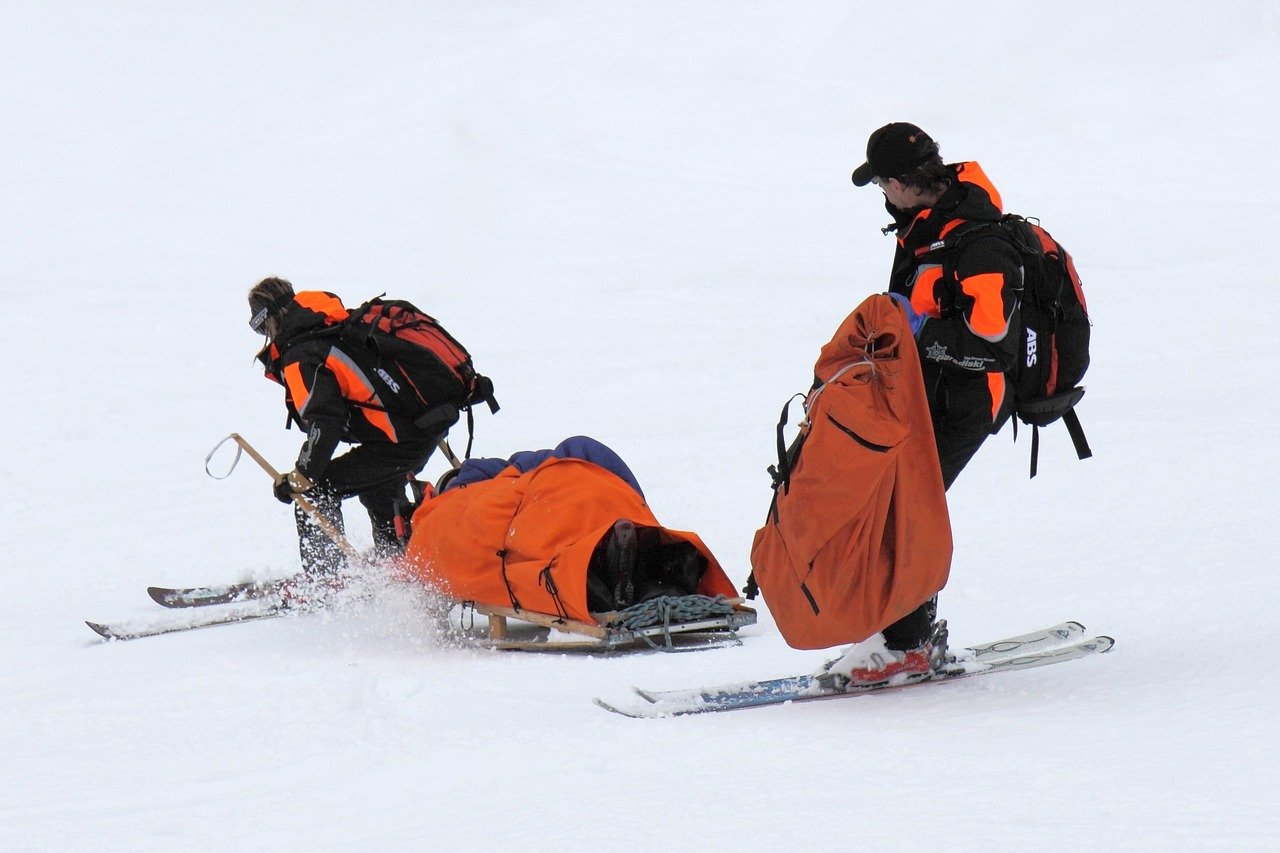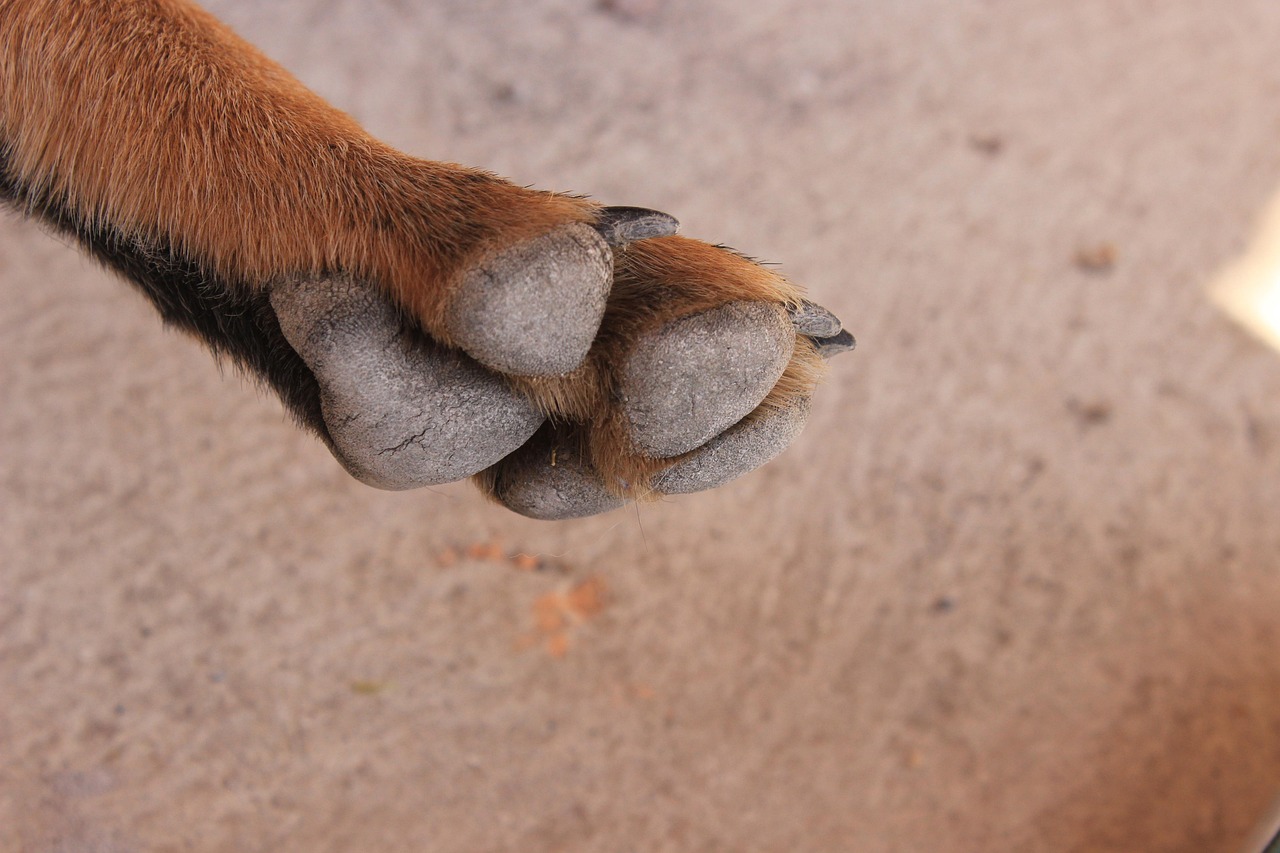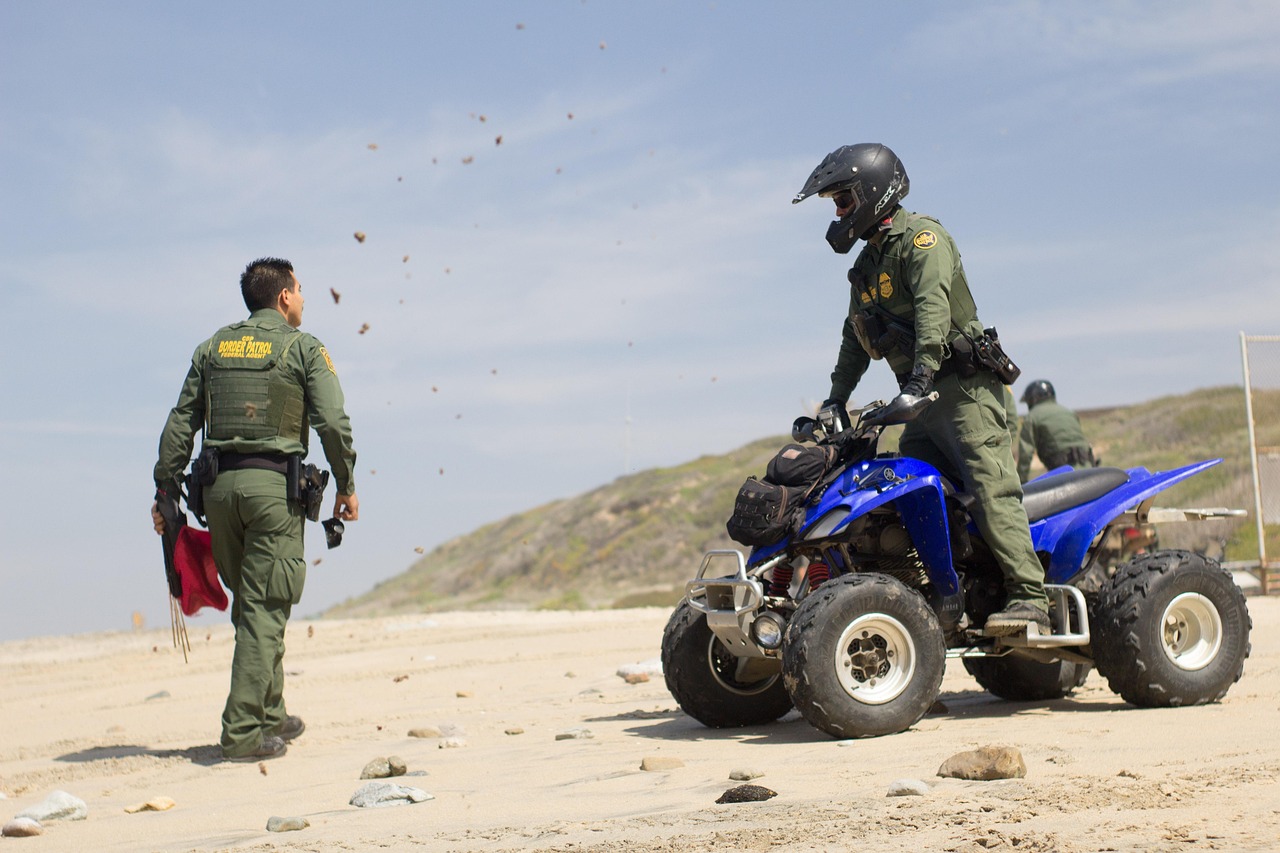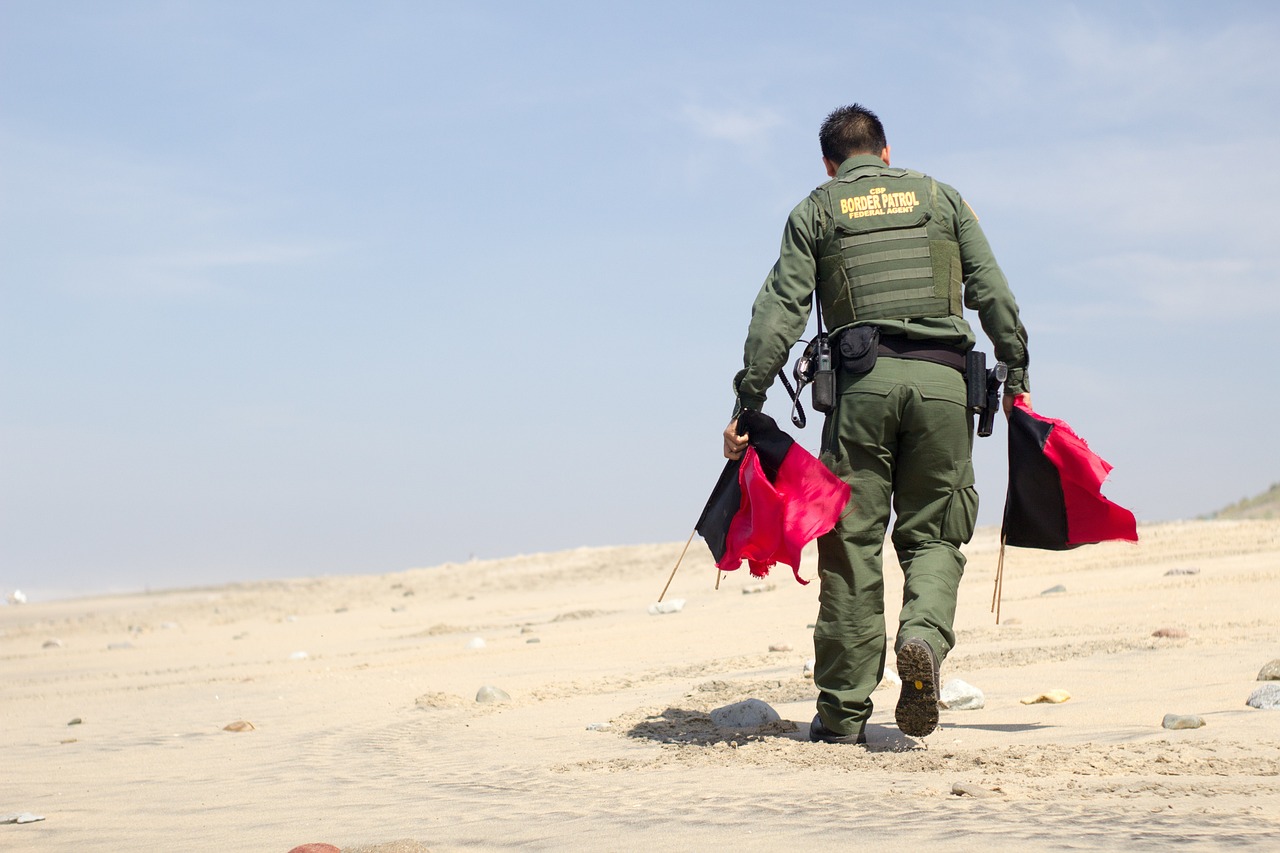Paw Patrol, the beloved animated series, has captivated the hearts of children worldwide. Beyond its entertaining storylines and vibrant characters, the show imparts essential lessons about teamwork that are invaluable for young viewers. This article delves into how Paw Patrol fosters collaboration, problem-solving, and social skills, providing children with a solid foundation for their future interactions.
The Importance of Teamwork in Childhood Development
Understanding the significance of teamwork during early childhood is crucial. It lays the groundwork for social interaction, enhances communication skills, and promotes emotional intelligence. As children learn to work together, they develop the ability to navigate relationships effectively, both in school and in their personal lives.
How Paw Patrol Illustrates Teamwork
Paw Patrol effectively demonstrates teamwork through its ensemble of diverse characters, each contributing unique skills to solve problems. Each episode emphasizes that collaboration leads to successful outcomes, reinforcing the idea that teamwork is essential for achieving common goals.
- Character Roles and Their Contributions: Each character possesses distinct abilities that contribute to the team’s success. This diversity teaches children that everyone has strengths and weaknesses, highlighting the value of collaboration.
- Ryder’s Leadership Skills: As the team leader, Ryder exemplifies effective leadership qualities. His ability to delegate tasks and encourage his team fosters a sense of responsibility and promotes confidence in young viewers.
- How Characters Support Each Other: The characters consistently support one another, demonstrating the importance of encouragement and empathy. This aspect of the show teaches children to be supportive friends and teammates.
Problem-Solving Through Team Efforts
The narratives in Paw Patrol often revolve around challenges that require teamwork to resolve. This structure encourages children to think critically about how to approach problems collaboratively, enhancing their problem-solving skills.
Communication Skills Developed Through Paw Patrol
Effective communication is a cornerstone of teamwork, and Paw Patrol highlights this through character interactions. Children learn the importance of clear communication in achieving shared objectives, which is vital for their social development.
- Verbal and Non-Verbal Communication: The show showcases both verbal and non-verbal communication, teaching children how to express themselves and understand others. This skill is essential for building strong relationships.
- Listening Skills in Team Settings: Listening is a critical aspect of teamwork. Paw Patrol emphasizes the importance of listening to teammates, fostering patience and understanding in group dynamics.
Real-Life Applications of Teamwork Skills
The lessons learned from Paw Patrol can be applied in real-life situations. Children can utilize these teamwork skills in various settings, enhancing their ability to collaborate effectively.
- Team Projects in School: Working on group assignments allows children to practice the teamwork skills they observe in Paw Patrol. They learn to collaborate, share ideas, and respect differing opinions.
- Participating in Team Sports: Engaging in team sports reinforces the concepts of teamwork and camaraderie. Children experience firsthand the joy of working together towards a common goal, mirroring the adventures of the Paw Patrol team.
In conclusion, Paw Patrol is more than just an entertaining show; it serves as an educational tool that teaches children the importance of teamwork. By illustrating collaboration, problem-solving, and communication, the series equips young viewers with essential skills that will benefit them throughout their lives.
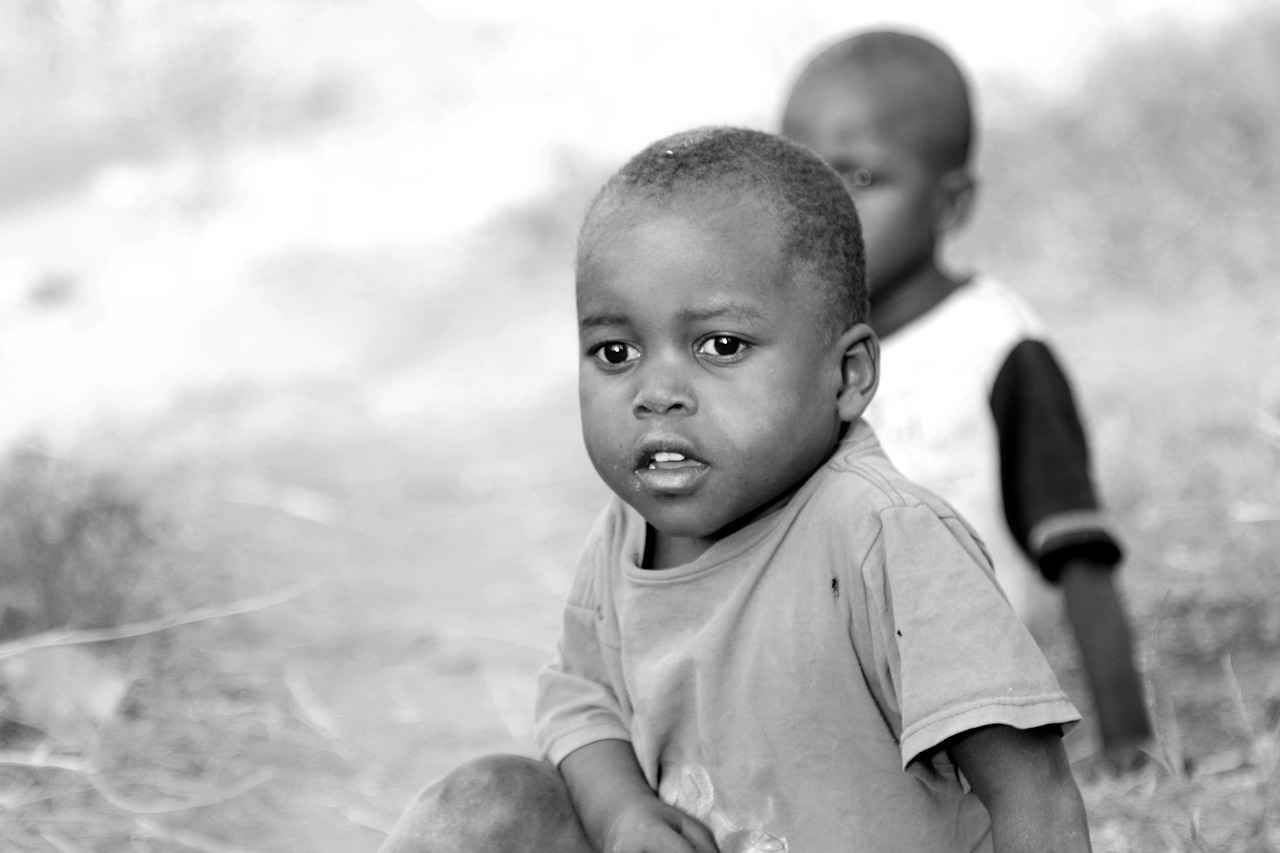
The Importance of Teamwork in Childhood Development
cannot be overstated. As children grow, they encounter numerous social situations that require them to interact and collaborate with others. Teamwork serves as a vital skill set that not only enhances their social interactions but also fosters essential life skills that will benefit them throughout their lives.
At a young age, children begin to learn how to share, communicate, and work together towards common goals. These foundational experiences are crucial as they help children develop social interaction skills that are necessary for building friendships and managing relationships in various environments, such as school and extracurricular activities. Teamwork teaches children the value of collaboration and how to appreciate different perspectives, which is essential for their emotional and social growth.
One of the key benefits of teamwork is the enhancement of communication skills. When children work in groups, they learn how to express their thoughts clearly and listen to others. This two-way communication is critical in developing their ability to articulate ideas and understand feedback. Furthermore, teamwork encourages children to practice active listening, which helps them become more empathetic and considerate individuals.
In addition to communication, teamwork fosters emotional intelligence. Children learn how to navigate their own emotions and those of their peers. They experience the importance of supporting one another, which builds a sense of community and belonging. This emotional connection is vital for children as it helps them develop resilience and coping strategies when faced with challenges.
Moreover, teamwork instills a sense of responsibility in children. When they work together, they understand that each member plays a crucial role in achieving success. This realization helps them appreciate the significance of contributing to a group and being accountable for their actions. They learn that their efforts impact not only their success but also that of their teammates.
To illustrate the significance of teamwork, consider activities such as group projects in school or team sports. These environments provide children with opportunities to practice the skills they have learned. In group projects, children must collaborate to complete tasks, share ideas, and respect differing opinions. Such experiences teach them how to manage conflicts and reach consensus, which are valuable skills in both academic and personal settings.
Similarly, participating in team sports reinforces the principles of teamwork and camaraderie. Children experience the joy of working together towards a shared goal, which enhances their motivation and commitment. They learn to celebrate successes as a team and support each other during setbacks, fostering a sense of unity and teamwork.
In conclusion, the significance of teamwork in childhood development extends far beyond mere collaboration. It lays the groundwork for effective social interactions, enhances communication skills, and cultivates emotional intelligence. As children learn to work together, they develop essential life skills that will serve them well into adulthood. By fostering teamwork in early childhood, we equip children with the tools they need to navigate their relationships and succeed in various aspects of life.

How Paw Patrol Illustrates Teamwork
Paw Patrol, a beloved animated series for children, effectively illustrates the concept of teamwork through its engaging narratives and diverse cast of characters. Each episode serves as a vibrant showcase of how collaboration among the characters leads to successful problem-solving, teaching young viewers the invaluable lesson that working together is essential for achieving common goals.
In Paw Patrol, each character is uniquely designed with specific skills that contribute to the overall success of the team. For instance, Chase, the police pup, brings leadership and order, while Skye, the aviator pup, offers aerial support. This diversity not only highlights the importance of individual strengths but also emphasizes that everyone has a role to play in a team setting. Children learn that collaboration is more effective when each member’s abilities are recognized and utilized.
Ryder, the young leader of the Paw Patrol team, exemplifies what effective leadership looks like. His ability to delegate tasks based on each pup’s strengths fosters a sense of responsibility among the team members. This dynamic encourages children to appreciate the importance of leadership and teamwork, reinforcing the idea that good leaders empower their teams to succeed.
The show also emphasizes the significance of support and encouragement among team members. The pups consistently cheer each other on, demonstrating the importance of empathy and friendship. This positive portrayal teaches children that being a supportive friend is just as crucial as being a competent team member, fostering social skills that extend beyond the screen.
Every episode of Paw Patrol revolves around a specific challenge that requires teamwork to overcome. This narrative structure not only entertains but also encourages children to think critically about how to approach problems collaboratively. By witnessing the pups strategize and implement solutions together, young viewers learn that teamwork can lead to creative and effective resolutions.
Effective communication is a cornerstone of teamwork, and Paw Patrol highlights this through the interactions among its characters. Children observe how verbal and non-verbal communication plays a vital role in achieving shared objectives. The show teaches the importance of clear communication, which is essential for successful collaboration.
The series showcases various forms of communication, allowing children to see how characters express themselves and understand one another. This exposure helps young viewers develop their own communication skills, which are critical for building strong relationships in their lives.
Listening is another critical aspect of teamwork that Paw Patrol emphasizes. The pups often demonstrate the importance of listening to each other’s ideas and concerns, which fosters patience and understanding within the group. By modeling these behaviors, the show encourages children to cultivate active listening skills in their interactions.
The lessons learned from Paw Patrol can be seamlessly applied to real-life situations. Children can utilize the teamwork skills they observe in the show when participating in group projects at school, engaging in sports, or interacting with peers in various settings.
When children work on group assignments, they have the opportunity to practice the teamwork skills they see in Paw Patrol. They learn to collaborate, share ideas, and respect differing opinions, mirroring the collaborative spirit of the Paw Patrol team.
Engaging in team sports further reinforces the concepts of teamwork and camaraderie. Children experience the joy of working together towards a common goal, echoing the adventures of the Paw Patrol team. This hands-on experience solidifies the importance of teamwork in a fun and dynamic way.
Character Roles and Their Contributions
The animated series Paw Patrol captivates young audiences with its engaging stories and vibrant characters. One of the most important lessons it imparts is the significance of teamwork, as each character plays a vital role in the success of their missions. This article delves into the unique skills of each character and how their contributions foster a spirit of collaboration among young viewers.
Each character in Paw Patrol possesses distinct abilities that not only contribute to the team’s success but also teach children valuable lessons about diversity and cooperation. The show’s ensemble cast highlights that while everyone has strengths, they also have weaknesses, reinforcing the importance of working together.
| Character | Unique Skill | Contribution to Team |
|---|---|---|
| Ryder | Leadership | Guides the team and assigns tasks based on each member’s strengths. |
| Chase | Police Skills | Handles emergencies and ensures safety during missions. |
| Marshall | Firefighting | Manages fire-related challenges and provides medical assistance. |
| Skye | Aerial Rescue | Scouts from above and assists in aerial missions. |
| Rocky | Recycling and Repair | Fixes equipment and promotes environmental awareness. |
| Zuma | Water Rescue | Handles aquatic emergencies and water-related missions. |
| Everest | Snow Rescue | Specializes in snowy and mountainous rescues. |
This diversity in skills teaches children that every member’s role is crucial for achieving their goals. For instance, Ryder’s leadership not only sets the tone for teamwork but also instills a sense of responsibility in the characters, encouraging them to take initiative. The show effectively illustrates how each character’s strengths complement one another, creating a balanced team dynamic.
Moreover, the interactions among characters emphasize the value of support and encouragement. For example, when Chase is hesitant to take the lead in a mission, Marshall steps in to motivate him, demonstrating the importance of being a supportive teammate. Such moments resonate with children, teaching them that collaboration often involves lifting each other up and recognizing when to offer help.
Additionally, the problem-solving scenarios presented in each episode require the characters to brainstorm and strategize collectively. This not only highlights their individual skills but also showcases the power of teamwork in overcoming obstacles. Children watching these episodes learn that challenges can be tackled more effectively when they collaborate, enhancing their critical thinking and communication skills.
In summary, the characters of Paw Patrol each bring unique strengths to the table, illustrating the importance of teamwork and collaboration. By showcasing how different skills can come together to solve problems, the show effectively teaches children that everyone’s contributions matter. This message is vital in helping young viewers understand the significance of working together, both in their daily lives and future endeavors.
Ryder’s Leadership Skills
Ryder, the team leader of the beloved animated series Paw Patrol, embodies the essence of effective leadership. His character serves as a role model for young viewers, showcasing how strong leadership can inspire and motivate a team. By effectively delegating tasks and encouraging his team members, Ryder instills a sense of responsibility and promotes confidence among the young pups, teaching children invaluable lessons about leadership and teamwork.
One of the most significant aspects of Ryder’s leadership is his ability to recognize each pup’s unique strengths. This understanding allows him to assign tasks that play to their individual skills, ensuring that everyone feels valued and capable. For instance, when facing a challenge, Ryder assesses the situation and determines which pup is best suited for the job. This not only boosts the pups’ confidence but also reinforces the idea that everyone has a role to play in achieving a common goal.
Ryder’s approach to leadership also emphasizes the importance of communication. He consistently engages with his team, providing clear instructions and encouraging open dialogue. This practice teaches children that effective communication is essential in any collaborative effort. By modeling how to express ideas and listen actively, Ryder helps young viewers understand the dynamics of teamwork. Children learn that sharing thoughts and feedback is vital for success in group settings.
Moreover, Ryder encourages a culture of support and empathy within the team. He often praises the pups for their efforts, reinforcing the idea that encouragement can significantly impact morale. This aspect of his leadership teaches children the value of being supportive friends and teammates. By demonstrating kindness and understanding, Ryder shows that a positive attitude can make a difference in overcoming challenges together.
| Leadership Qualities | Examples from Ryder |
|---|---|
| Delegation | Assigns tasks based on each pup’s strengths |
| Communication | Encourages open dialogue and clear instructions |
| Support | Provides praise and encouragement to team members |
| Empathy | Shows understanding and kindness in challenging situations |
Ryder also exemplifies the importance of problem-solving as a leader. Each episode of Paw Patrol presents a unique challenge that requires the team to come together and devise a solution. By guiding the pups through the problem-solving process, Ryder teaches children how to approach obstacles collaboratively. He encourages them to think critically, brainstorm ideas, and work together to implement solutions. This hands-on approach to leadership fosters a sense of teamwork and resilience, equipping young viewers with essential skills for their own lives.
In addition to his leadership skills, Ryder’s character illustrates the significance of adaptability. Situations in Paw Patrol often change rapidly, and Ryder must adjust his strategies accordingly. This adaptability teaches children that flexibility is a crucial trait in both leadership and teamwork. By demonstrating how to remain calm and focused under pressure, Ryder inspires young viewers to embrace challenges and find creative solutions.
Ultimately, Ryder’s leadership skills serve as a powerful example for children. Through his actions, he teaches the importance of empowering others, fostering communication, and supporting teammates. As young viewers watch Ryder navigate the adventures of Paw Patrol, they learn that effective leadership is not just about directing others, but about inspiring them to be their best selves. These lessons resonate far beyond the screen, equipping children with the tools they need to thrive in their own collaborative endeavors.
How Characters Support Each Other
Paw Patrol is not just an entertaining animated series; it serves as an excellent resource for teaching children the values of support and empathy. The characters in the show consistently demonstrate how to uplift one another, highlighting the significance of encouragement in building strong relationships. This aspect of the series plays a crucial role in shaping the social skills of young viewers.
In each episode, the Paw Patrol team faces various challenges that require them to work together. The characters, including Chase, Marshall, and Skye, exhibit a profound sense of camaraderie. They constantly cheer each other on, whether it’s during a rescue mission or when one of them is facing self-doubt. This portrayal teaches children that being a good friend means being there for others, especially in times of need.
The show effectively illustrates that support can come in many forms. For example, when one character feels overwhelmed, others step in to offer assistance or words of encouragement. This not only boosts the morale of the struggling character but also reinforces the idea that teamwork involves recognizing when to lend a helping hand. Children learn that it’s okay to ask for help and that supporting one another can lead to better outcomes.
Moreover, the characters’ interactions are rich with emotional intelligence. They express their feelings openly, which serves as a model for children to understand and articulate their own emotions. By witnessing how characters handle their feelings and support each other through them, young viewers gain insight into the importance of empathy. They learn to recognize the emotions of their peers and respond appropriately, fostering deeper connections.
Another critical lesson conveyed through the characters’ supportive behavior is the idea of celebrating each other’s successes. Whenever a team member achieves a goal, the others are quick to celebrate, reinforcing the notion that everyone’s contributions are valuable. This practice not only builds self-esteem but also encourages children to be happy for others, cultivating a positive environment where everyone can thrive.
Additionally, the show emphasizes the importance of communication in support. Characters often discuss their feelings and thoughts, demonstrating that open dialogue is essential in any relationship. This aspect teaches children that expressing oneself and listening to others is vital for providing effective support. They learn that communication is not just about talking; it also involves understanding and responding to the needs of others.
Through the lens of Paw Patrol, children gain practical insights into how to be supportive friends and teammates. The characters’ consistent encouragement and empathy serve as a guide for young viewers, helping them navigate their own social interactions. They learn that being supportive is not just an action but a fundamental aspect of building lasting friendships.
In conclusion, the supportive dynamics among the characters in Paw Patrol illustrate essential life skills that children can carry into their daily lives. By promoting encouragement, empathy, and open communication, the show effectively prepares children to be compassionate and supportive individuals. These lessons are not only applicable in childhood but also lay the groundwork for strong interpersonal relationships in adulthood.
Problem-Solving Through Team Efforts
Paw Patrol is not just a beloved children’s show; it serves as a valuable educational tool that teaches kids about the importance of teamwork and problem-solving. Each episode presents a unique challenge that the characters must overcome together, reinforcing the idea that collaboration is key to success.
In the world of Paw Patrol, challenges are met with a united front. Episodes often begin with a problem that requires the combined efforts of the team to solve. This narrative structure encourages children to think critically about how to approach problems collaboratively. By observing the Paw Patrol team, young viewers learn that problems can often seem daunting when faced alone, but with teamwork, solutions become more attainable.
Each challenge in Paw Patrol is designed to teach a lesson about cooperation and critical thinking. For instance, when the team faces a situation where a kitten is stuck in a tree, they must brainstorm and utilize each member’s unique skills to rescue it. This scenario not only entertains but also illustrates the importance of strategic thinking and collaboration. Children see firsthand how different perspectives and skills contribute to a successful outcome.
As the characters navigate their challenges, they engage in discussions that promote critical thinking. Children are prompted to ask questions such as, “What should we do next?” or “How can we help each other?” This dialogue encourages young viewers to think about problem-solving methods they can apply in their own lives. By witnessing the characters’ thought processes, children learn to analyze situations and consider various solutions, which is a vital skill in both academic and social settings.
The diversity of characters in Paw Patrol adds depth to the lessons on teamwork. Each character possesses unique skills and traits, which are essential for solving different problems. For example, Chase, the police pup, brings leadership and organization, while Skye, the aviator, offers aerial perspectives. This variety teaches children that everyone has something valuable to contribute, and understanding each other’s strengths and weaknesses can enhance group dynamics.
When challenges arise, the Paw Patrol team does not simply give up. Instead, they demonstrate resilience and adaptability. This aspect of the show teaches children that setbacks are part of the problem-solving process. They learn that working together can help overcome obstacles, fostering a sense of determination and perseverance. By seeing their favorite characters face difficulties and succeed through teamwork, children are inspired to apply the same resilience in their own lives.
The lessons learned from Paw Patrol extend beyond the screen. Children can apply the teamwork and problem-solving skills they observe in various real-life situations. For example, during group projects in school, they can practice collaboration, share ideas, and respect differing opinions, mirroring the teamwork displayed in the show. Additionally, participating in team sports reinforces these concepts, allowing children to experience the joy of working together toward a common goal.
In summary, Paw Patrol serves as an engaging platform for teaching children about the importance of teamwork and problem-solving. Through its entertaining narratives and diverse characters, the show encourages young viewers to think critically, communicate effectively, and collaborate with others. These skills are invaluable as children navigate their social environments, making Paw Patrol not just a source of entertainment, but a vital part of their developmental journey.
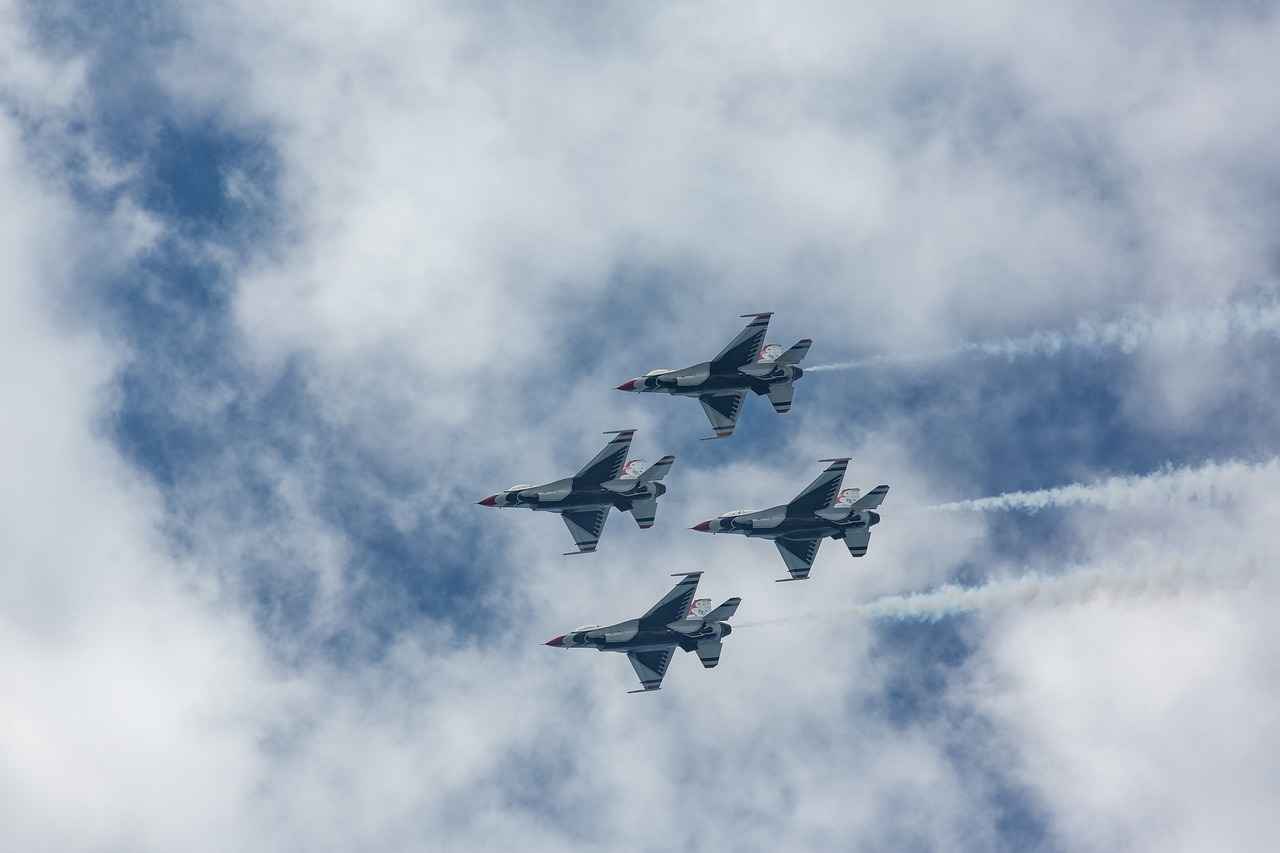
Communication Skills Developed Through Paw Patrol
Paw Patrol is not just an entertaining animated series for children; it serves as a valuable educational tool that teaches essential communication skills. The interactions among its characters provide a rich context for young viewers to learn about the significance of effective communication in teamwork. This article delves into how Paw Patrol fosters communication skills that are critical for children’s social development.
Effective communication is a cornerstone of successful teamwork. In the context of Paw Patrol, children observe how characters engage in clear and concise dialogue, which is crucial for achieving shared goals. The show emphasizes that communication is not merely about speaking; it also involves listening and understanding others.
The characters in Paw Patrol showcase a variety of verbal communication styles. For example, Ryder, the team leader, often uses simple, direct language to convey instructions to his team. This approach teaches children the importance of being clear and specific when expressing their thoughts. Verbal communication in the show also includes asking questions and providing feedback, which encourages children to engage in conversations actively.
In addition to verbal skills, Paw Patrol effectively illustrates the role of non-verbal communication. Characters often use facial expressions, gestures, and body language to convey emotions and intentions. For instance, a character might nod to show agreement or frown to express concern. By observing these interactions, children learn to read and interpret non-verbal cues, enhancing their ability to connect with others.
Listening is a critical aspect of communication that Paw Patrol actively promotes. Throughout the series, characters frequently pause to listen to one another, demonstrating that understanding others’ perspectives is vital for effective teamwork. This practice not only fosters patience but also cultivates empathy, as children learn to appreciate different viewpoints and respond thoughtfully.
Paw Patrol encourages open dialogue among its characters, reinforcing the idea that sharing ideas and opinions is essential in a team setting. The characters often brainstorm solutions together, showcasing how collaborative discussions can lead to innovative problem-solving. This aspect of the show teaches children to value each team member’s input, reinforcing the notion that everyone has something valuable to contribute.
The communication skills learned from Paw Patrol extend beyond the screen and into real-life situations. Children can apply these skills in various contexts, such as:
- Group Projects: In school, children often work in teams, where they can practice their communication skills by sharing ideas and collaborating to complete assignments.
- Sports Activities: Team sports require players to communicate effectively with one another. Whether calling for the ball or strategizing during a game, the lessons from Paw Patrol can enhance their teamwork experience.
- Friendship Dynamics: Understanding how to communicate with friends is crucial for building strong relationships. The show’s emphasis on empathy and support helps children navigate their social circles.
Effective communication is closely tied to emotional intelligence. Paw Patrol teaches children to recognize their own feelings and those of others, which is essential for developing healthy relationships. By witnessing the characters express their emotions and respond to each other with kindness, children learn to articulate their feelings and understand the emotional context of conversations.
In summary, Paw Patrol serves as an excellent resource for teaching children vital communication skills necessary for teamwork. Through verbal and non-verbal interactions, lessons in listening, and the promotion of open dialogue, young viewers can develop a robust set of communication tools that will benefit them in various aspects of life.
Verbal and Non-Verbal Communication
In the world of children’s programming, Paw Patrol stands out not only for its engaging storytelling but also for its emphasis on effective communication. The series provides a rich tapestry of verbal and non-verbal communication skills that are essential for children’s development. Understanding how to express oneself clearly and interpret the cues of others is fundamental for building strong relationships, and Paw Patrol excels in teaching these skills.
The characters in Paw Patrol frequently engage in dialogue that exemplifies clear and effective verbal communication. Children observe how characters articulate their thoughts, feelings, and instructions, which helps them understand the importance of using language to convey messages. For instance, Ryder, the team leader, often provides clear directions to his team, demonstrating how to communicate goals and expectations. This practice encourages children to express their own ideas in a structured manner.
In addition to verbal skills, Paw Patrol showcases a variety of non-verbal communication techniques. The characters use facial expressions, gestures, and body language to convey emotions and intentions. For example, a character may smile and give a thumbs up to show approval or nod to indicate understanding. By observing these interactions, children learn to read non-verbal signals, which is crucial for effective communication. This understanding helps them navigate social situations and respond appropriately to their peers.
Listening is a pivotal component of effective communication, and Paw Patrol emphasizes this through its narratives. Characters often take turns speaking and listening, demonstrating how active listening fosters teamwork. For example, when one character shares a concern, the others listen attentively before responding. This practice teaches children the value of patience and attentiveness, essential skills that contribute to successful group dynamics.
Empathy is another critical aspect of communication that Paw Patrol highlights. The characters often express understanding and compassion towards one another, which reinforces the idea that communication is not just about speaking but also about connecting with others on an emotional level. When children see characters comforting a friend or celebrating their successes, they learn the importance of being supportive and empathetic in their own interactions.
The communication skills learned from Paw Patrol can be applied in various real-life situations. For instance, during group projects at school, children can utilize their verbal skills to articulate their ideas and collaborate effectively with classmates. By practicing active listening, they can ensure that everyone’s input is valued, fostering a cooperative environment.
Parents can further reinforce these communication skills by encouraging open dialogue at home. Discussing episodes of Paw Patrol and asking children about their favorite moments can stimulate conversations and help children articulate their thoughts. Additionally, parents can model effective communication by actively listening to their children and responding thoughtfully, thereby creating a safe space for expression.
Ultimately, the communication skills nurtured through Paw Patrol have a lasting impact on children’s relationships. By learning to express themselves clearly and understand others, children are better equipped to form meaningful connections with peers and adults alike. This foundation not only enhances their social interactions but also contributes to their overall emotional intelligence.
Listening Skills in Team Settings
Listening is a critical aspect of teamwork, especially in settings where collaboration is key to success. In the animated series Paw Patrol, the significance of listening is highlighted through the interactions among its characters. This emphasis on attentive listening not only enhances the effectiveness of their missions but also serves as a valuable lesson for children.
When children watch the characters of Paw Patrol engage in their adventures, they observe how listening plays a vital role in problem-solving. Each episode typically presents a challenge that requires the team to communicate effectively. This dynamic showcases the necessity of active listening—a skill that involves fully concentrating, understanding, responding, and remembering what is being said.
- Understanding Different Perspectives: The characters often face dilemmas that require them to consider various viewpoints. By listening to each other, they learn to appreciate different perspectives, fostering a sense of empathy and cooperation.
- Building Patience: Listening teaches children to be patient. In a team, not everyone speaks at the same pace, and taking the time to hear others encourages a more inclusive environment.
- Enhancing Communication: Effective listening leads to better communication. Children learn that when they listen well, they can respond more appropriately, which is crucial for teamwork.
In Paw Patrol, characters like Ryder often take the lead in discussions, but they also demonstrate the importance of hearing out their teammates. For instance, when Chase expresses his concerns about a mission, the others listen, which allows them to address potential issues before they escalate. This model of communication teaches children that listening is not just about hearing words but also about understanding the emotions and intentions behind them.
Moreover, the show illustrates how listening can help resolve conflicts within a team. When disagreements arise, characters often engage in open dialogue, emphasizing the need to listen to each other’s feelings and opinions. This approach not only resolves conflicts but also strengthens the bond between team members, teaching children the value of collaboration and understanding.
Additionally, the characters’ listening skills are not limited to verbal communication. Paw Patrol also shows how non-verbal cues, such as body language and facial expressions, play a significant role in conveying messages. For example, when a character is feeling down or unsure, their teammates often pick up on these signals and respond with support. This aspect of the show helps children recognize the importance of being attuned to both verbal and non-verbal communication.
In real-life settings, the lessons about listening from Paw Patrol can be applied in various situations, such as classrooms and playgrounds. Children who practice active listening are more likely to engage positively with their peers, leading to better teamwork in group projects or sports activities. They learn to value each member’s input, which is essential for achieving common goals.
In conclusion, the portrayal of listening skills in Paw Patrol serves as an excellent educational tool for children. By emphasizing the importance of listening in team settings, the show helps young viewers develop essential social skills that will benefit them in their interactions throughout life. As they learn to listen actively, they not only become better teammates but also more empathetic and understanding individuals.

Real-Life Applications of Teamwork Skills
In today’s fast-paced world, the ability to work effectively in a team is more essential than ever. Children who watch Paw Patrol not only enjoy the adventures of their favorite pups but also absorb valuable lessons about teamwork that can be applied in various real-life situations. This article delves into how the skills learned from the show can enhance children’s interactions in school, sports, and daily life.
The lessons learned from Paw Patrol extend beyond the screen and can be seamlessly integrated into children’s everyday experiences. By understanding the dynamics of teamwork, children can improve their social interactions and problem-solving abilities.
When children engage in group assignments, they have the opportunity to practice the teamwork skills they observe in Paw Patrol. These projects teach children to:
- Collaborate: Working together allows children to combine their strengths and achieve a common goal.
- Share Ideas: Just like the Paw Patrol team, children learn the importance of contributing their thoughts and listening to others.
- Respect Differing Opinions: Understanding that everyone has unique perspectives helps foster a supportive environment.
Engaging in team sports is another practical application of teamwork skills. Children experience firsthand the joy of working together towards a common goal, mirroring the adventures of the Paw Patrol team. Key benefits include:
- Building Camaraderie: Team sports encourage friendships and a sense of belonging, much like the bonds formed among the characters in the show.
- Learning to Handle Success and Failure: Just as the pups face challenges, children learn to celebrate victories and cope with losses together.
- Enhancing Communication: Effective communication is vital in sports, teaching children how to express themselves clearly and listen to their teammates.
Beyond structured activities, the lessons from Paw Patrol can be applied in everyday interactions with peers. Children can:
- Practice Empathy: By supporting their friends and understanding their feelings, children become better teammates.
- Encourage Each Other: Just like the pups cheer each other on, children learn the value of encouragement in their friendships.
- Resolve Conflicts: Learning to navigate disagreements and work towards a solution is a crucial skill developed through teamwork.
Watching Ryder lead the Paw Patrol team provides children with a model of effective leadership. They learn that:
- Delegating Tasks: Just as Ryder assigns roles based on each pup’s strengths, children can learn to delegate responsibilities in group settings.
- Encouraging Others: Promoting a positive atmosphere fosters confidence among peers, enabling everyone to contribute their best.
- Taking Responsibility: Leadership also involves accountability, teaching children the importance of owning their actions and decisions.
In conclusion, the teamwork skills depicted in Paw Patrol are not just entertaining; they provide a foundation for children to build essential life skills. By applying these lessons in school projects, sports, and everyday interactions, children can develop into well-rounded individuals capable of collaborating effectively with others.
Team Projects in School
Engaging in team projects in school is an essential aspect of a child’s educational experience. As children work together on assignments, they are not only learning to complete tasks but are also honing vital teamwork skills that will benefit them throughout their lives. This section delves into the various ways that group assignments mirror the teamwork lessons seen in Paw Patrol, allowing children to practice collaboration, idea sharing, and respect for diverse opinions.
When children participate in group assignments, they learn the significance of collaboration. Just like the characters in Paw Patrol come together to tackle challenges, students must work as a cohesive unit to achieve a common goal. This collaborative effort encourages them to listen to one another and combine their unique ideas, fostering an environment where creativity can flourish.
Effective communication is vital in group projects. Children learn to express their thoughts clearly and listen attentively to their peers. This dynamic is similar to how the Paw Patrol team communicates during their missions. By practicing these skills, children gain confidence in their ability to articulate their ideas and understand others, which is crucial for successful teamwork.
Working in groups exposes children to a variety of perspectives. They learn to appreciate differing opinions, which is a fundamental lesson from Paw Patrol. Each character brings their own strengths and viewpoints to the table, teaching children that diverse ideas can lead to innovative solutions. This respect for diversity not only enhances their teamwork skills but also prepares them for real-world interactions.
Conflicts are inevitable in group settings, and learning to navigate these disagreements is a crucial aspect of teamwork. In Paw Patrol, characters often face challenges that require them to resolve conflicts amicably. Similarly, when students encounter differing opinions or approaches during group assignments, they have the opportunity to practice conflict resolution skills. This experience teaches them how to compromise and find common ground, which is essential for maintaining harmonious relationships.
Group projects also provide opportunities for children to step into leadership roles. Just as Ryder leads the Paw Patrol team, students can take turns guiding their peers, delegating tasks, and motivating others. This experience helps children build confidence and develop essential leadership qualities that will serve them well in future endeavors.
The skills learned through group assignments extend beyond the classroom. Children can apply these teamwork principles in various settings, such as participating in sports, community service, and extracurricular activities. The ability to collaborate effectively with others is a valuable asset that will benefit them throughout their lives, whether in college, the workplace, or personal relationships.
- Collaboration: Working together to achieve a common goal.
- Communication: Sharing ideas and listening to others.
- Respect: Valuing diverse opinions and perspectives.
- Conflict Resolution: Navigating disagreements constructively.
- Leadership: Guiding and motivating peers.
In conclusion, team projects in school serve as a practical application of the teamwork lessons depicted in Paw Patrol. By engaging in collaborative efforts, children develop skills that are essential for their personal and professional growth. These experiences not only prepare them for future challenges but also instill a sense of camaraderie and mutual respect that will last a lifetime.
Participating in Team Sports
Participating in team sports is an enriching experience for children, offering them a unique opportunity to develop essential life skills. These activities not only promote physical fitness but also serve as a practical platform for learning about teamwork, communication, and camaraderie. When children engage in team sports, they are not just playing a game; they are embarking on a journey that mirrors the collaborative spirit seen in shows like Paw Patrol.
In the world of team sports, children quickly learn that success is often a collective effort. They discover that each member of the team plays a vital role, much like the characters in Paw Patrol, where every pup contributes unique skills to tackle challenges. This realization fosters a sense of belonging and teaches children the importance of working together towards a common goal.
- Collaboration: Team sports require players to collaborate effectively. Children learn to strategize, share responsibilities, and support one another, enhancing their ability to work in groups.
- Problem-Solving: Just as the Paw Patrol team faces various obstacles, young athletes encounter challenges during games. They learn to think critically and adapt their strategies in real-time, honing their problem-solving skills.
- Social Skills: Engaging in team sports provides children with opportunities to interact with peers. They develop friendships, learn to communicate openly, and practice conflict resolution, which are all crucial for their social development.
Moreover, the concept of camaraderie is deeply ingrained in team sports. Children experience the joy of celebrating victories together and the importance of supporting each other during defeats. This emotional connection nurtures empathy and teaches them to be good friends, much like the supportive relationships seen in Paw Patrol.
Additionally, participating in team sports helps children build self-confidence. As they improve their skills and contribute to their team’s success, they gain a sense of accomplishment. This boost in confidence can extend beyond the sports field, positively impacting their academic performance and personal interactions.
Another significant aspect of team sports is the development of leadership skills. Children may take on various roles within the team, including that of a leader. This experience teaches them how to motivate others, make decisions, and take responsibility for the group’s dynamics. Such skills are invaluable as they grow and face different challenges in life.
| Skill Developed | How It’s Learned |
|---|---|
| Teamwork | Through collaboration in practices and games. |
| Communication | By discussing strategies and providing feedback. |
| Problem-Solving | By strategizing during games and adapting to opponents. |
| Empathy | By supporting teammates emotionally during wins and losses. |
| Leadership | By taking initiative and guiding team members. |
In conclusion, participating in team sports provides children with a comprehensive learning experience that extends far beyond physical activity. The lessons of teamwork and camaraderie mirror the adventures of the Paw Patrol team, equipping young athletes with essential skills that will benefit them throughout their lives. By engaging in these activities, children not only become better players but also develop into well-rounded individuals prepared to tackle the challenges of the future.
Frequently Asked Questions
- What age group is Paw Patrol suitable for?
Paw Patrol is primarily aimed at preschoolers, typically children aged 2 to 5 years. The show’s themes of teamwork and friendship resonate well with this age group, making it a great choice for early childhood development.
- How does Paw Patrol teach teamwork?
The show illustrates teamwork through its diverse characters who work together to solve problems. Each episode emphasizes collaboration, showing young viewers that combining strengths can lead to successful outcomes.
- Can children apply the lessons from Paw Patrol in real life?
Absolutely! The teamwork skills learned from Paw Patrol can be applied in various real-life situations, such as group projects in school or team sports. Children can practice collaboration, communication, and problem-solving in their daily interactions.
- What are some key communication skills highlighted in the show?
Paw Patrol emphasizes both verbal and non-verbal communication. Children learn how to express themselves clearly and understand others, which is essential for building strong relationships and working effectively in teams.
- Why is Ryder an important character in teaching leadership?
Ryder, as the team leader, showcases effective leadership qualities, such as delegation and encouragement. His role teaches children the importance of responsibility and confidence in both leading and supporting their peers.


